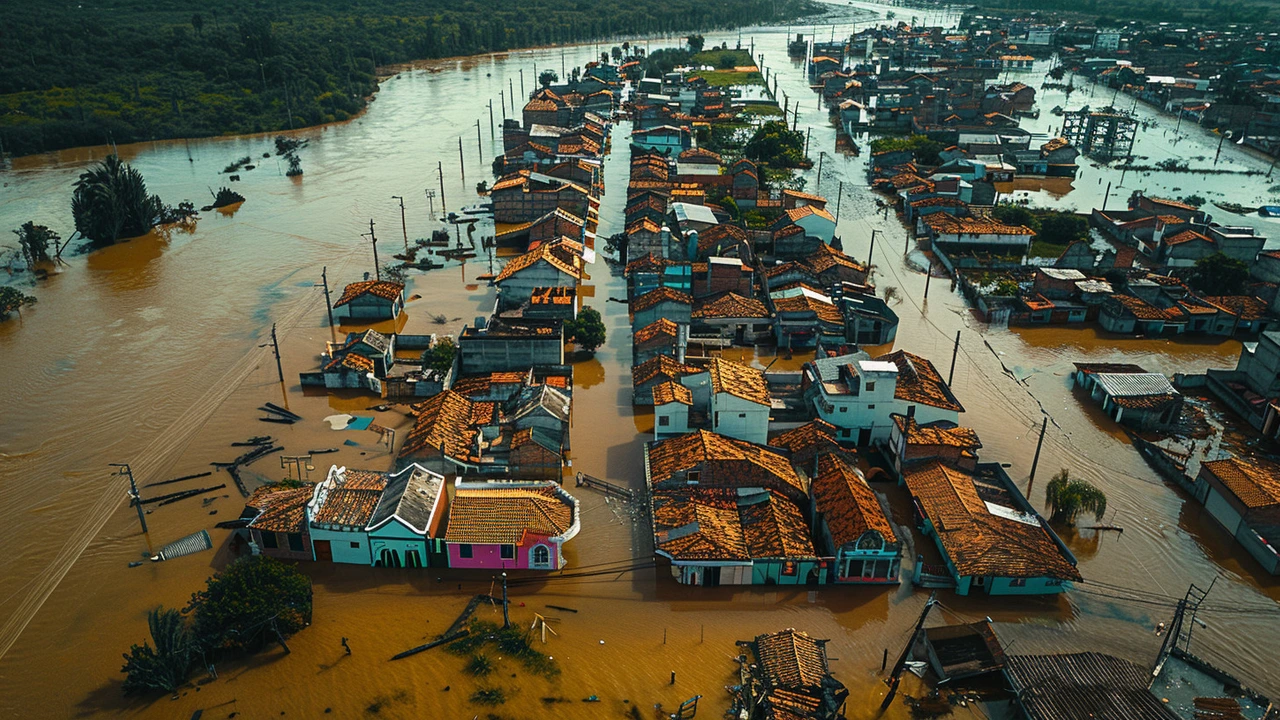Flooding happens when water overflows onto land that’s usually dry. It can come from heavy rain, river overflows, storm surges, or even broken dams. Floods can cause a lot of damage to homes, roads, and lives, so knowing what to expect and how to prepare is key.
When you see flood warnings or rain forecasts, it’s not just about getting wet. Floods can happen fast and catch people off guard, especially in low-lying areas and near rivers. That’s why keeping an ear to local weather updates and alerts is super important.
Floodwaters can ruin homes and cars, disrupt power and water supplies, and make roads unsafe to travel. Even shallow water can be dangerous—just 15 cm can knock you off your feet. Plus, floods can bring health risks like contaminated water and mold.
People often underestimate how quickly water levels can rise. In some cases, floods come with little warning, making evacuation tricky. If you live in a flood-prone zone, have a plan ready and know where the nearest safe spots are.
First, always follow local advice and evacuation orders. Don’t attempt to drive or walk through floodwaters; it’s one of the most dangerous mistakes. Instead, move to higher ground and stay inside if possible.
Preparing your home also helps. Clear gutters, seal basement cracks, and keep important documents in waterproof containers. You can also prepare emergency kits with essentials like food, water, and medication, so you’re ready to move fast.
Flooding doesn’t have to catch you off guard. Understanding the risks and taking simple steps can protect you and your loved ones when heavy rains hit. Stay safe and stay alert!
